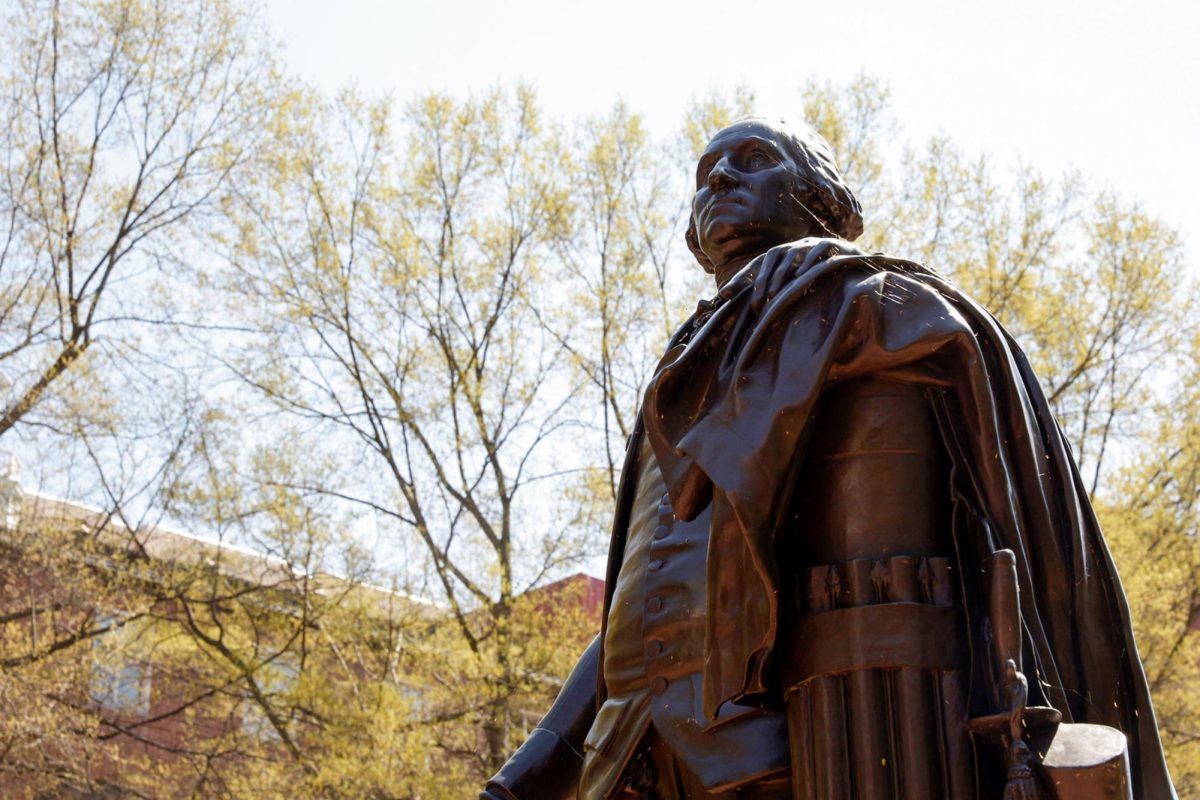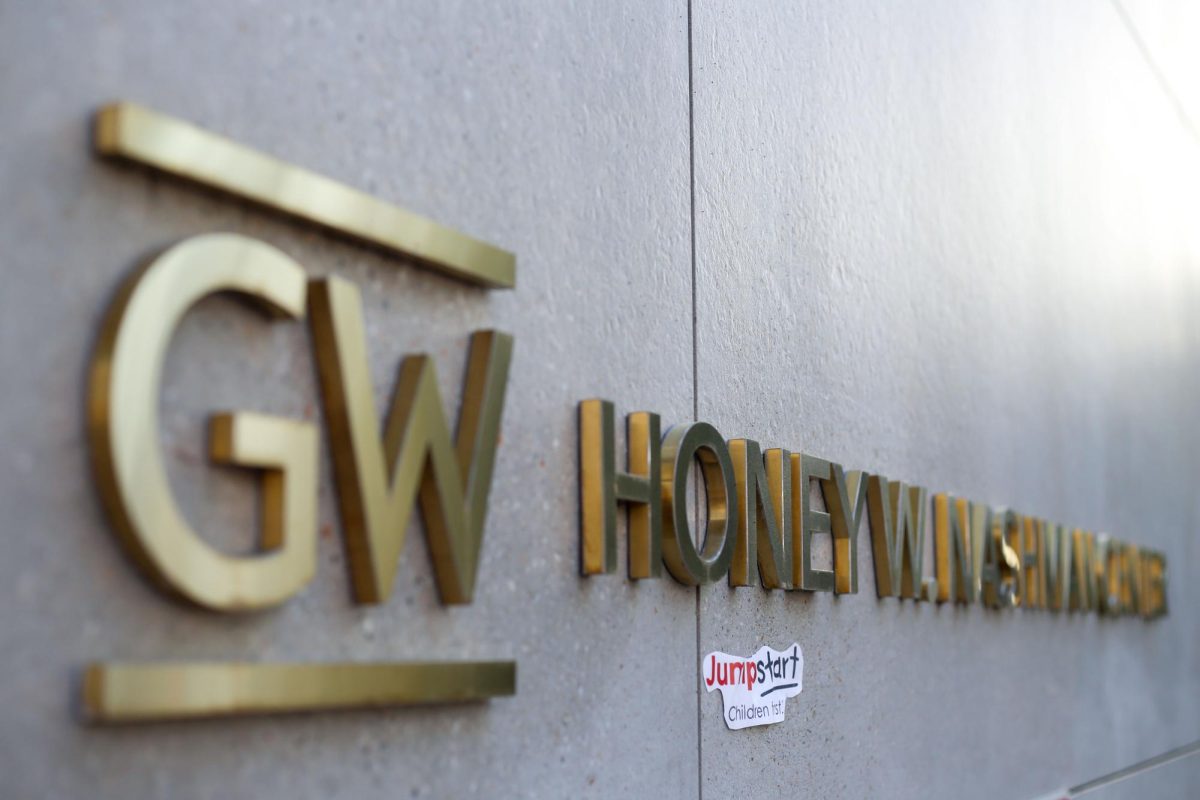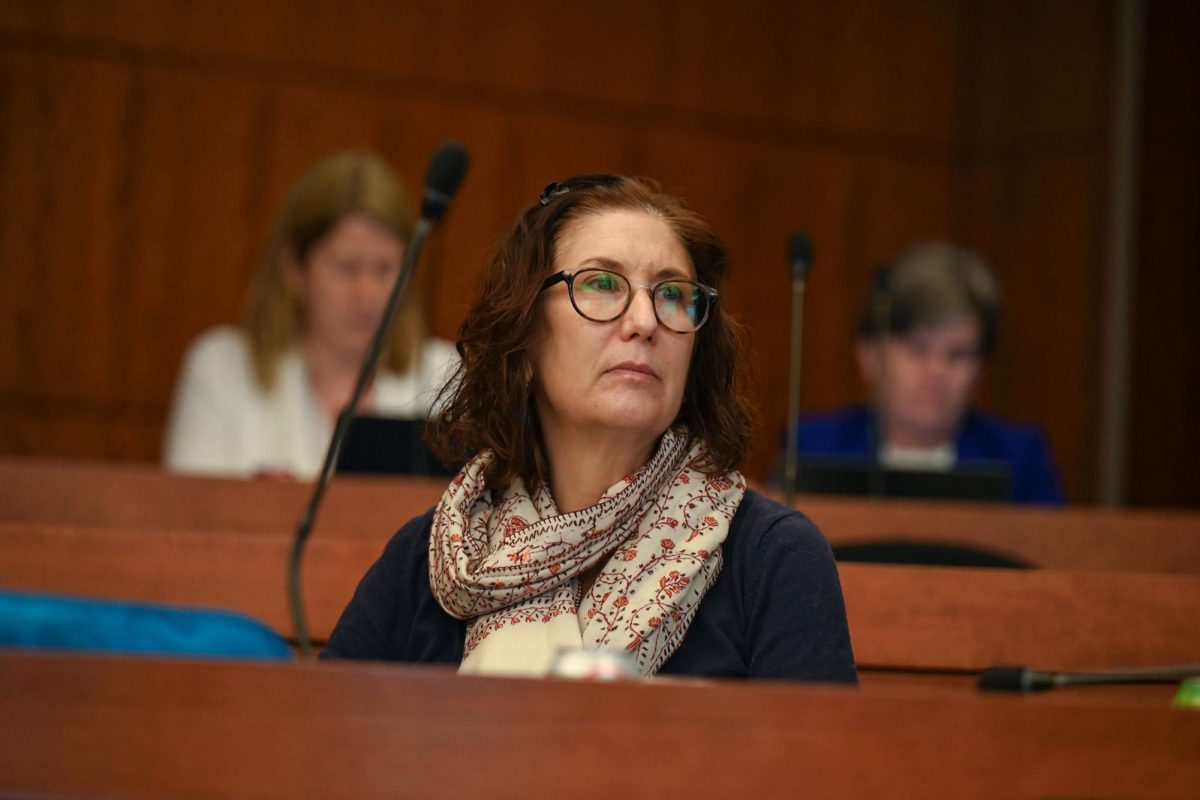The portion of student tuition dedicated to classroom instruction at the University lags nearly 20 percent behind other colleges in the District, according to an analysis by an economics professor.
Professor Anthony Yezer said GW spends about 31.5 percent of the tuition netted after average financial aid costs – or $8,750 – in the classroom, while American University spends 49.9 percent and Georgetown University spends 48.7 percent.
Yezer said the disparity indicates skewed priorities at the University, as an increasing amount of money has been shifting from its operating budget to its capital budget for more than a decade. Yezer calculated the disparity by comparing the total amount of tuition collected per student to the annual instructional expenditure per student.
The University’s operating expenses for classroom instruction include costs such as salaries and benefits of faculty members and administrators, services and supplies, and maintenance of school buildings, while the capital budget covers renovations and construction on campus, as well as paying off debt.
“Over the years, the Faculty Senate Budget Committee has been concerned that so much of our operating budget has transferred to capital budget to pay for construction,” Yezer said. “And now we’ve got even another big boom of construction on campus and we’re really worried that out of our operating revenue, we’re not spending very much on classroom instruction.”
The University’s budget for fiscal year 2011 estimates a 3.1 percent increase in operating expenses compared to FY 2010. Over the same time period, the amount of capital expenditures funded by the operating budget will increase by 5 percent.
Yezer’s calculation of instructional expenditure took faculty salaries and benefits, average class size and average course load into account. Net tuition per student was adjusted for financial aid deductions.
Joseph Cordes – associate director of the Trachtenberg School of Public Policy and Public Administration and a professor of economics, public policy and international affairs – reasoned that GW’s greater reliance on part-time faculty compared to other schools helps decrease the cost of instructional expenditure.
“Now it is clear that in many fields GWU does benefit from its location in that it can engage many superbly qualified part-time faculty in many fields.?At the same time, I think there is general agreement among the faculty that there would be benefits from increasing the number of full-time faculty,” Cordes, the chair of the fiscal planning and budgeting for the Faculty Senate, said.
Spending less on classroom instruction means paying professors less, Yezer’s data show.
Full-time professors at GW received an average salary of $142,900 during the 2009-10 academic year, according to an annual report by the American Association of University Professors. Professors at American received $3,200 more per year, and Georgetown professors received $12,600 more per year on average.
Yezer, who presented his calculations to the Faculty Senate earlier this month, said University administrators have failed to acknowledge the spending disparity between classroom instruction and construction.
“I honestly don’t think that what I pointed out is news to anybody in the administration,” Yezer said. “They don’t intend to change the way they operate, that’s pretty much it. This is what they’re going to do.”







